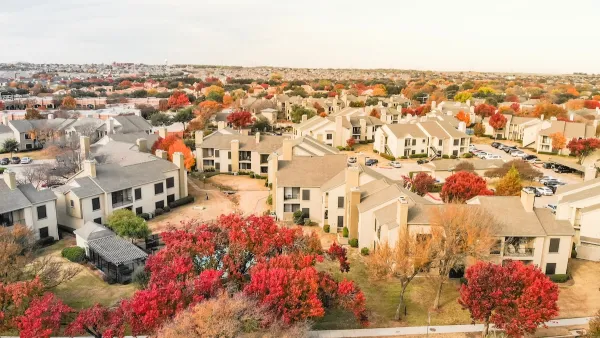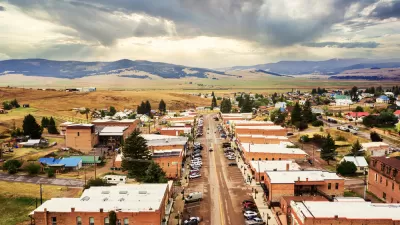John B. Calhoun wrote in the 70s about studies he'd conducted that looked at how mice would react when "overcrowded". Since his utopias often turned ugly, he (and many others) extrapolated the results to humans, giving density a bad name.
Ecologists and science-fiction writers of the time hopped on the bandwagon, painting pictures of the public of overpopulation turning the cities of the world into horrible places of limited resources:
"Pioneering ecologists such as William Vogt and Fairfield Osborn were cautioning that the growing population was putting pressure on food and other natural resources as early as 1948, and both published bestsellers on the subject. The issue made the cover of Time magazine in January 1960. In 1968, Paul Ehrlich published The Population Bomb, an alarmist work suggesting that the overcrowded world was about to be swept by famine and resource wars."
Will Wiles looks at the results of the original mice studies, and the media frenzy that erupted around Calhoun's conclusion with steadily increasing population, "only violence and disruption of social organization can follow..."
FULL STORY: The Behavioral Sink

Planetizen Federal Action Tracker
A weekly monitor of how Trump’s orders and actions are impacting planners and planning in America.

Maui's Vacation Rental Debate Turns Ugly
Verbal attacks, misinformation campaigns and fistfights plague a high-stakes debate to convert thousands of vacation rentals into long-term housing.

San Francisco Suspends Traffic Calming Amidst Record Deaths
Citing “a challenging fiscal landscape,” the city will cease the program on the heels of 42 traffic deaths, including 24 pedestrians.

Amtrak Rolls Out New Orleans to Alabama “Mardi Gras” Train
The new service will operate morning and evening departures between Mobile and New Orleans.

The Subversive Car-Free Guide to Trump's Great American Road Trip
Car-free ways to access Chicagoland’s best tourist attractions.

San Antonio and Austin are Fusing Into one Massive Megaregion
The region spanning the two central Texas cities is growing fast, posing challenges for local infrastructure and water supplies.
Urban Design for Planners 1: Software Tools
This six-course series explores essential urban design concepts using open source software and equips planners with the tools they need to participate fully in the urban design process.
Planning for Universal Design
Learn the tools for implementing Universal Design in planning regulations.
Heyer Gruel & Associates PA
JM Goldson LLC
Custer County Colorado
City of Camden Redevelopment Agency
City of Astoria
Transportation Research & Education Center (TREC) at Portland State University
Jefferson Parish Government
Camden Redevelopment Agency
City of Claremont





























